 loading results...
loading results...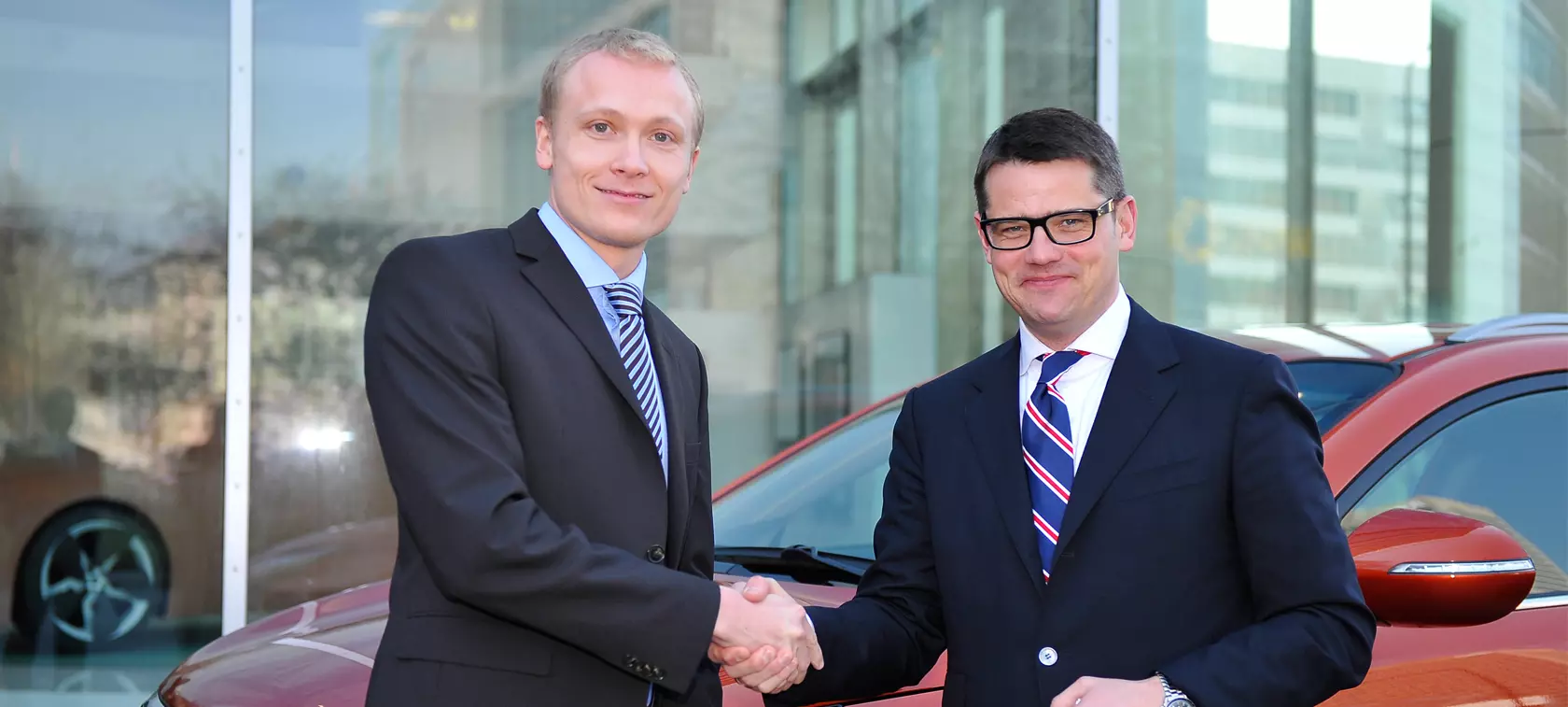 © AutoGas Journal
© AutoGas Journal 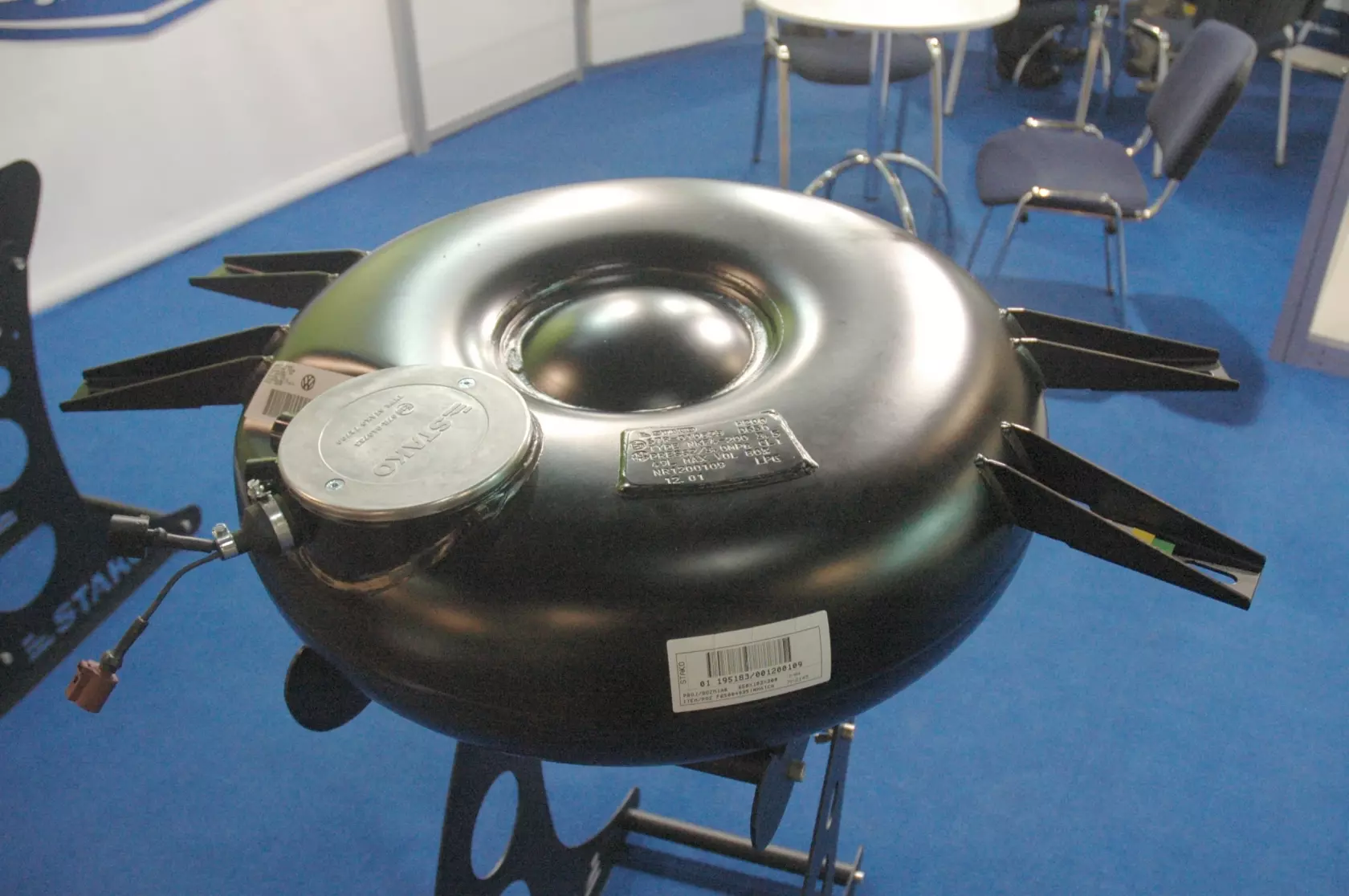 Zbiornik STAKO stosowany w samochodzie VW Golf
Zbiornik STAKO stosowany w samochodzie VW Golf 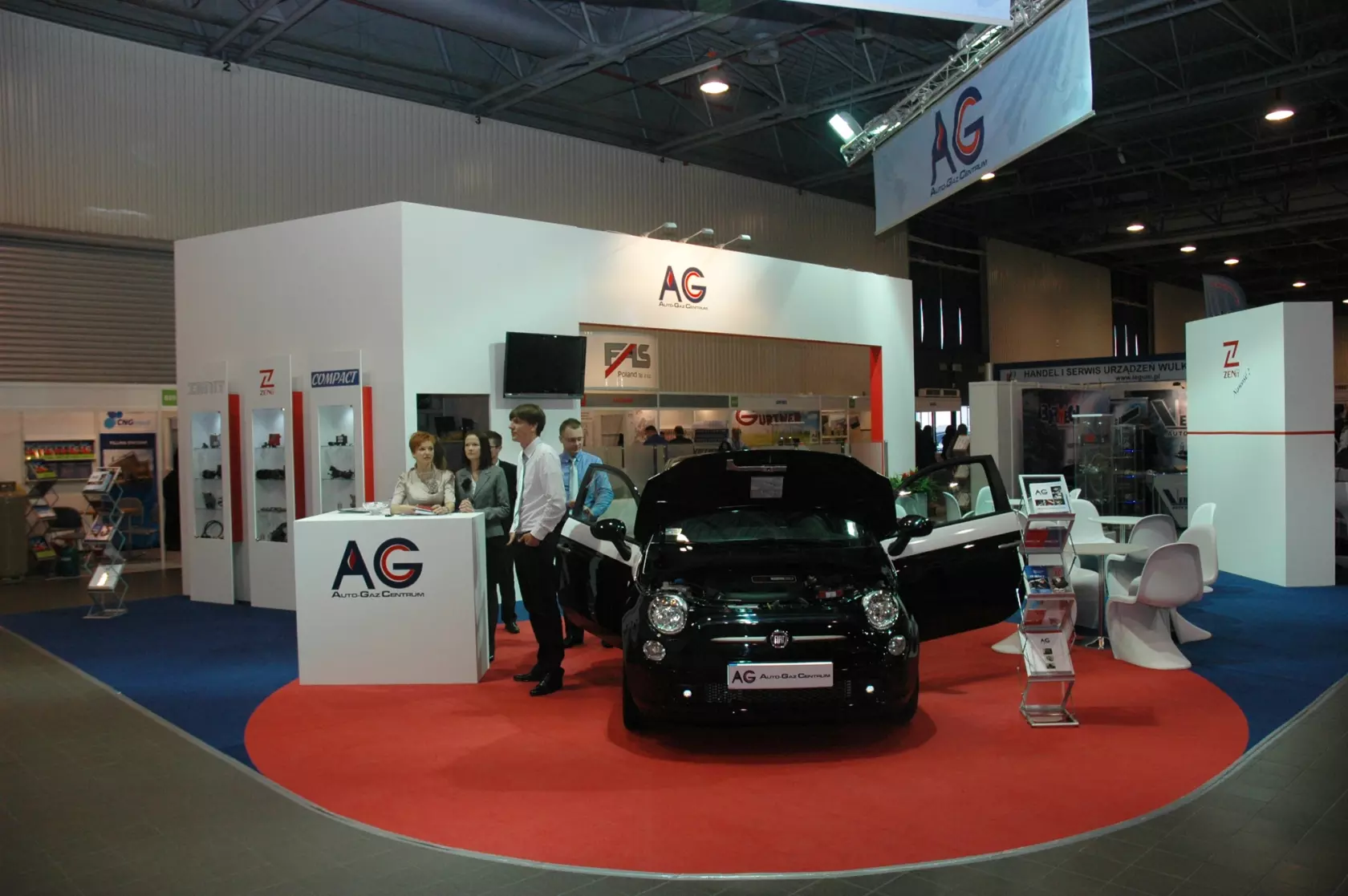 Targi Gas Show są miejscem gdzie zawiera się wiele kontraktów eksportowych
Targi Gas Show są miejscem gdzie zawiera się wiele kontraktów eksportowych 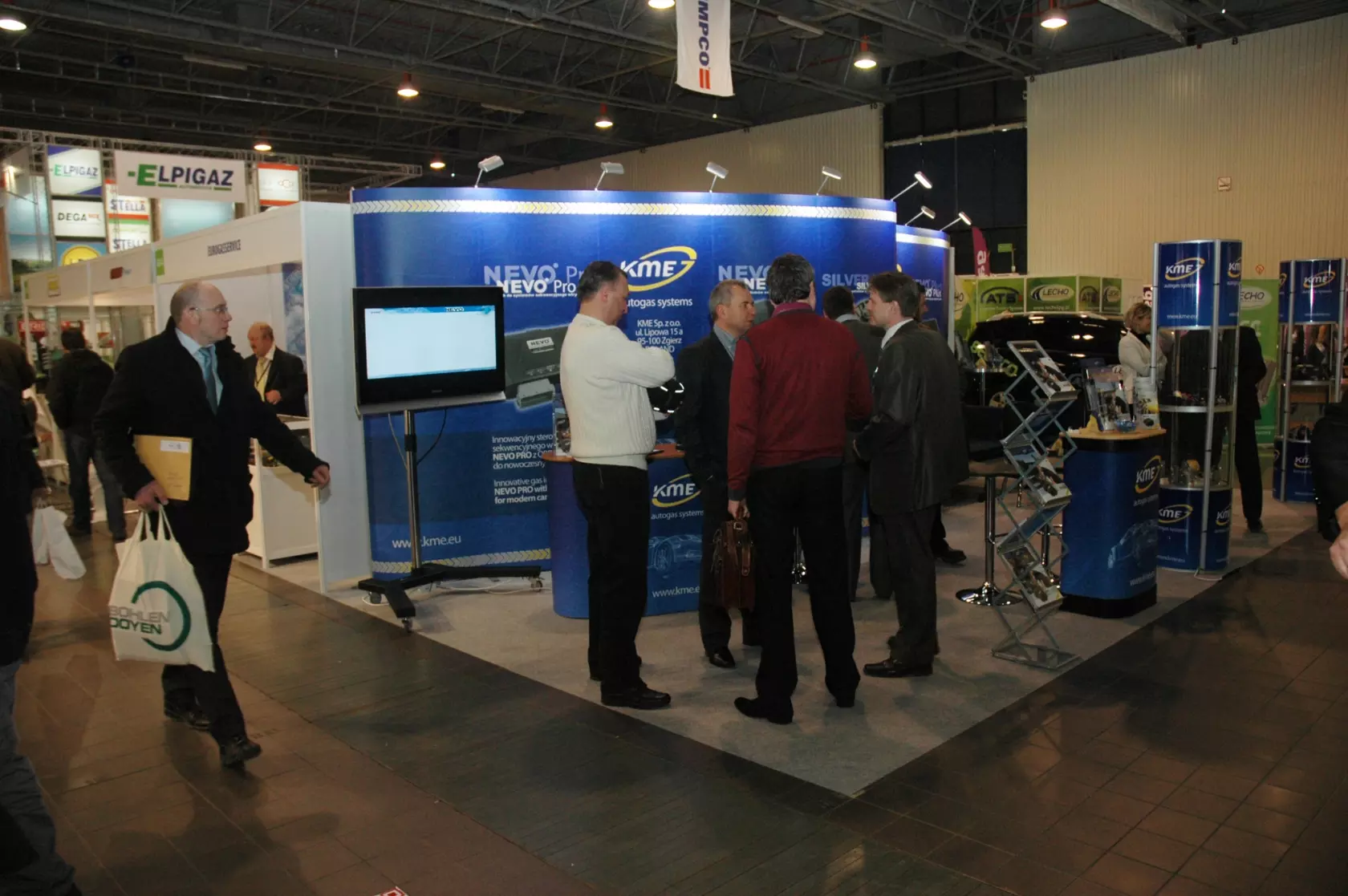 Na stoiskach targowych polskich firm często słychać język angielski, co świadczy o dużym zainteresowaniu rynków zagranicznych
Na stoiskach targowych polskich firm często słychać język angielski, co świadczy o dużym zainteresowaniu rynków zagranicznych 



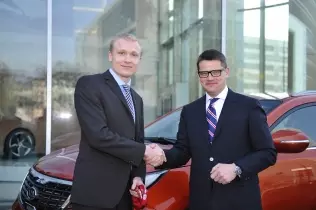 © AutoGas JournalThe half-millionth LPG-powered car saves money just as well as any other, but it is always nice to feel special
© AutoGas JournalThe half-millionth LPG-powered car saves money just as well as any other, but it is always nice to feel specialA number of guests gathered at the ceremony held at Kia headquarters in Frankfurt am Main. Among them there were: Boris Rhein – minister for internal affairs of Hesse and a mayor election contender, Robert Schneiderbanger – president of DVFG (German LPG Association) and Kia representatives from Germany and Europe: Brandon Yae, Jack Kim, Martin van Vugt and Paul Philpott. The press was also on the spot in the persons of AutoGas Journal writers, who were there to report the event, but also had initiated it.
Mr Rhein took the opportunity to praise Kia for offering LPG systems as optional equipment on their cars, because such initiatives help relieve both the environment and drivers' home budgets. Korean cars are converted with Lovato kits, which are dedicated precisely to Kia models. This ensures OEM quality and makes it possible to issue 7-year warranty on the systems – the same as on the entire vehicles. Conversions are carried out either by the company BLG at their Bremerhaven conversion centre or by individual dealers who take orders for autogas-powered Kias. Every converted model comes standard-equipped with a P1000 valve saver kit.
The lucky owner of the half-millionth LPG car in Germany – a Kia Sportage – is Mr Stefan Schmidt. He was very glad to learn that his new car is a German autogas market milestone and came from Lithuania – where he works – to collect the vehicle. Mr Schmidt already owns an LPG-powered Fiat Punto, which has covered 150 thousand km (nearly 100 thousand miles) so far. The buyer of the very special Sportage drives a lot between his German home and Lithuanian workplace and is more than happy to fill up with inexpensive autogas and quite frequently he does so in Poland, along the way. Evidently, the breakthrough car has come into the possession of a long-time LPG fan, who does not even take different fuel options into consideration when buying a new car. And why the Sportage? There were several reasons: higher ride, the car's outstanding looks, 163 HP under the bonnet and reasonable fuel consumption – 8,5 l/100 km on LPG and 7,6 l/100 km on gas. And since Mr Schmidt drives regularly between Germany and Lithuania, savings on fuel will come in no time at all. Especially that he is entitled to pay 54 euros less road tax and will receive a 10 per cent eco bonus from his insurance company. That is what we call tangible convenience...
Demand for LPG as a cost-effective substitute for conventional fuels is expected to rise in Germany. That is because LPG and CNG have been subject to incentives since 2006 and preferences will allegedly be prolonged beyond 2018. DVFG has been taking actions (e. g. talking to federal authorities) to ensure gaseous fuels fans peace of mind until as far as 2025. The association has strong arguments up its sleeve, the strongest one being this: in 2011, German cars emitted 245 thousand tons less CO2 thanks to LPG and are bound to top that result in 2012.
Thrifty German drivers already have a huge autogas refueling network at their disposal. It consists of 6500 stations, which is comparable to that in Poland. The Euro 2012 football championships held in Poland and Ukraine likely boosted interest in LPG conversions among German drivers, so quite probably the millionth gas-powered vehicle from the land of wurst will be celebrated sooner than we expect. Will Germany eventually grow to be the European leader in terms of autogas use? The road to reaching that goal is a long one, but considering all the advantages one gets when switching to LPG there, anything is possible. We will keep our fingers crossed, because the more LPG there is around – the better for us all!
Text and photos originally come from the AutoGas Journal.
Zobacz stronę producenta:
Lovato
Aby utworzyć konto Warsztatu, należy zgłosić dane firmy: 609-966-101 lub biuro@gazeo.pl